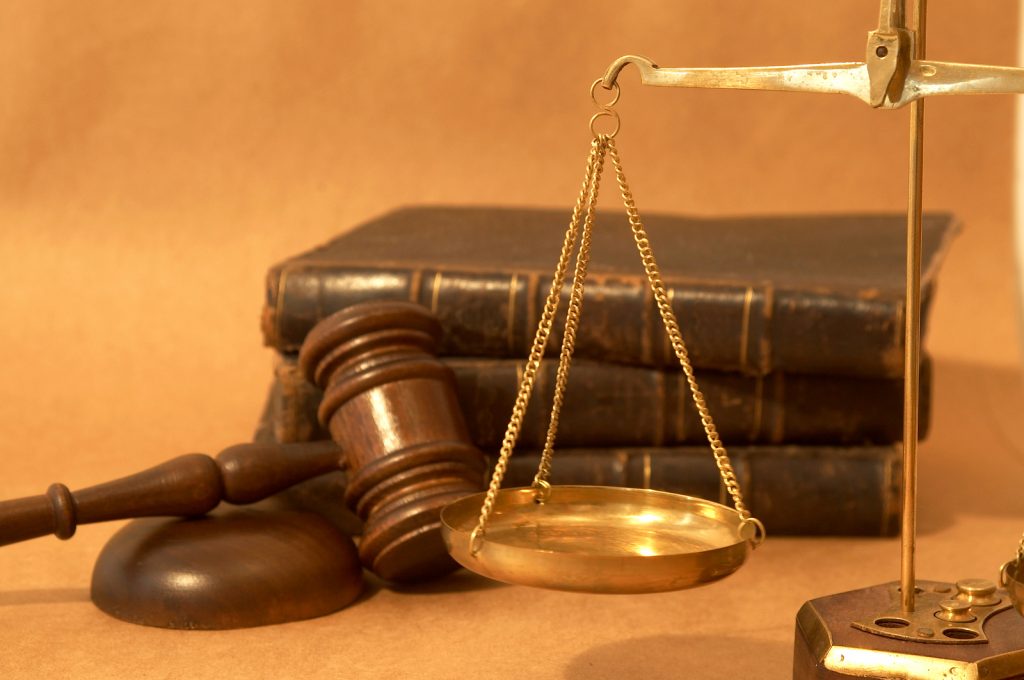Nova Scotia car accident lawyer at McKiggan Hebert help clients who have been injured in car accidents throughout Nova Scotia.
Sometimes it is difficult for clients to understand why it takes so long to settle their claim or get to trial. So here is a summary of the important steps that we have to go through in most personal injury claims.
Notify Defendant’s insurance company of the claim:
We will notify the insurance company for the person that injured you of your claim. We will provide them with basic information about the nature of your claim. Sometimes (rarely) the facts of the accident, and the extent of the resulting injuries are so clear that we will be able to negotiate a reasonable settlement with the insurance company.
Unfortunately, the complexity of the minor injury cap means that insurance companies rarely make fair offers to injured victims unless they are faced with the prospect of a trial.
File your lawsuit with the court:
You have to file a document called a Notice of Claim with the court that explains all the relevant facts that you rely on to prove your claim. You have to provide facts to prove:
- That the other driver caused the accident;
- That you suffered injuries as a result;
- A description of your injuries;
- That you suffered losses as a result; and
- A description of the amount of the losses.
Exchange of Documents:
Both sides have to provide each other with any relevant information they have about the claim.
For example, you will have to provide the Defendant with copies of your medical records about your injuries and your work-history and income records to prove the extent of your income loss.
The Defendant will have to provide, for example, copies of any police records if they were charged as a result of the accident, or his insurance records if they investigated the accident.
Interrogatories:
Each side is entitled to send written questions, called Interrogatories, to the other side to learn what they know about the accident and how it happened and what injuries or losses resulted from the accident.
Discovery examinations:
Each side is allowed to ask questions about what the other side is going to say at the trial. These questions are recorded and typed up into a transcript.
Both you and the other driver (the Defendant) will be questioned at the discovery. Later on in this report I will explain the discovery process in more detail and provide you with some tips to help you prepare for your discovery.
The experts (medical doctors, accident reconstruction experts etc.) for both sides will be discovered. Before discovery of the experts, each side must disclose to the other side what the experts are expected to say when they testify. It is possible that witnesses to the accident or other people that have important information about the claim may be questioned at discovery.
Defence Medical Examination:
The other side may request that you attend a medical exam (or exams) with a doctor of their choosing. The purpose of the defence medical examination is to help the other side prepare to defend your claim.
As you can imagine, a Defence Medical Exam is not like your typical doctor’s appointment. Later on in this report I will explain the Defence Medical Exam in more detail and provide you with some tips to help you prepare for the Examination.
Notice of Trial:
Once discoveries are complete and you have collected all the reports and other information that you need for your claim, you file your Notice of Trial. This is a document that is filed with the court advising the court that you are ready to go to trial and including all the expert reports that you will rely on at trial.
Depending on how complicated your claim is, and how many days your trial is expected to take, it usually takes several months before your trial will be scheduled.
Trial:
If both sides are not able to negotiate a settlement that both sides agree to then a trial takes place to decide the claim. In Nova Scotia you can elect (decide) to have your trial in front of a judge alone or in front of a judge and jury.










